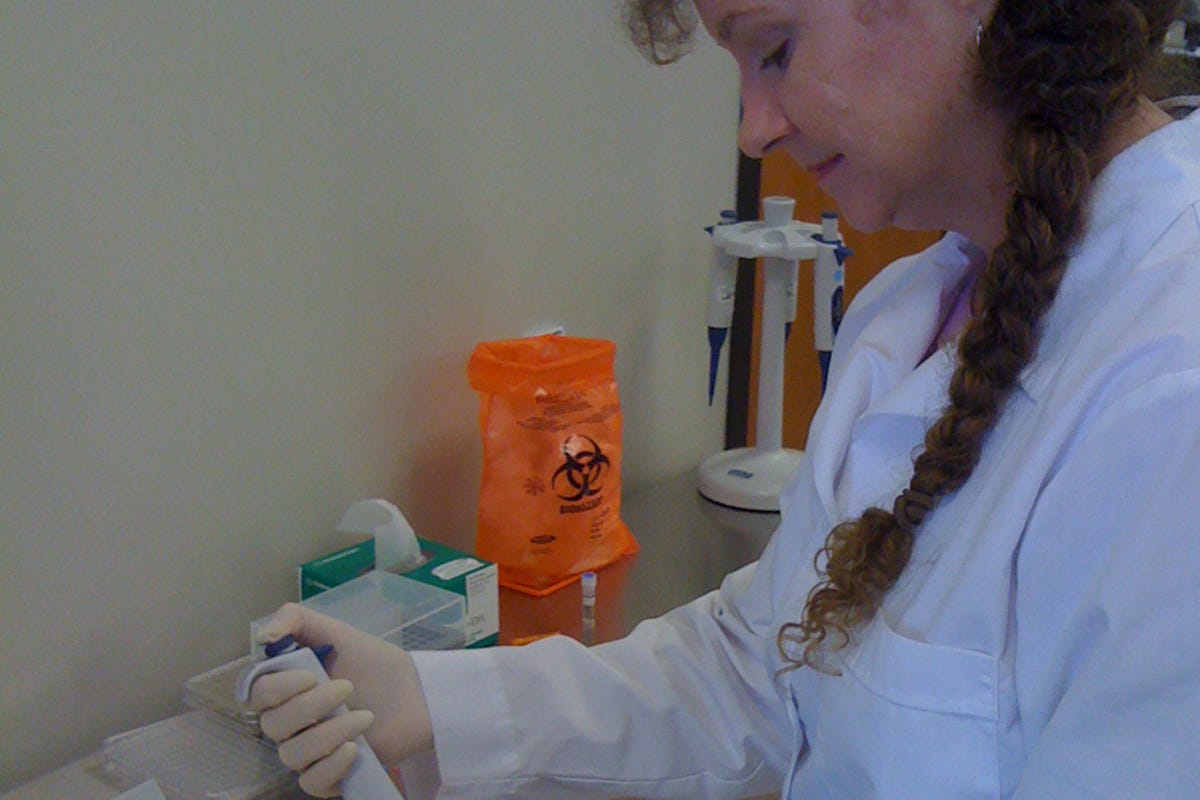Fellow Portrait
Jeanette Hill
Spot On Sciences
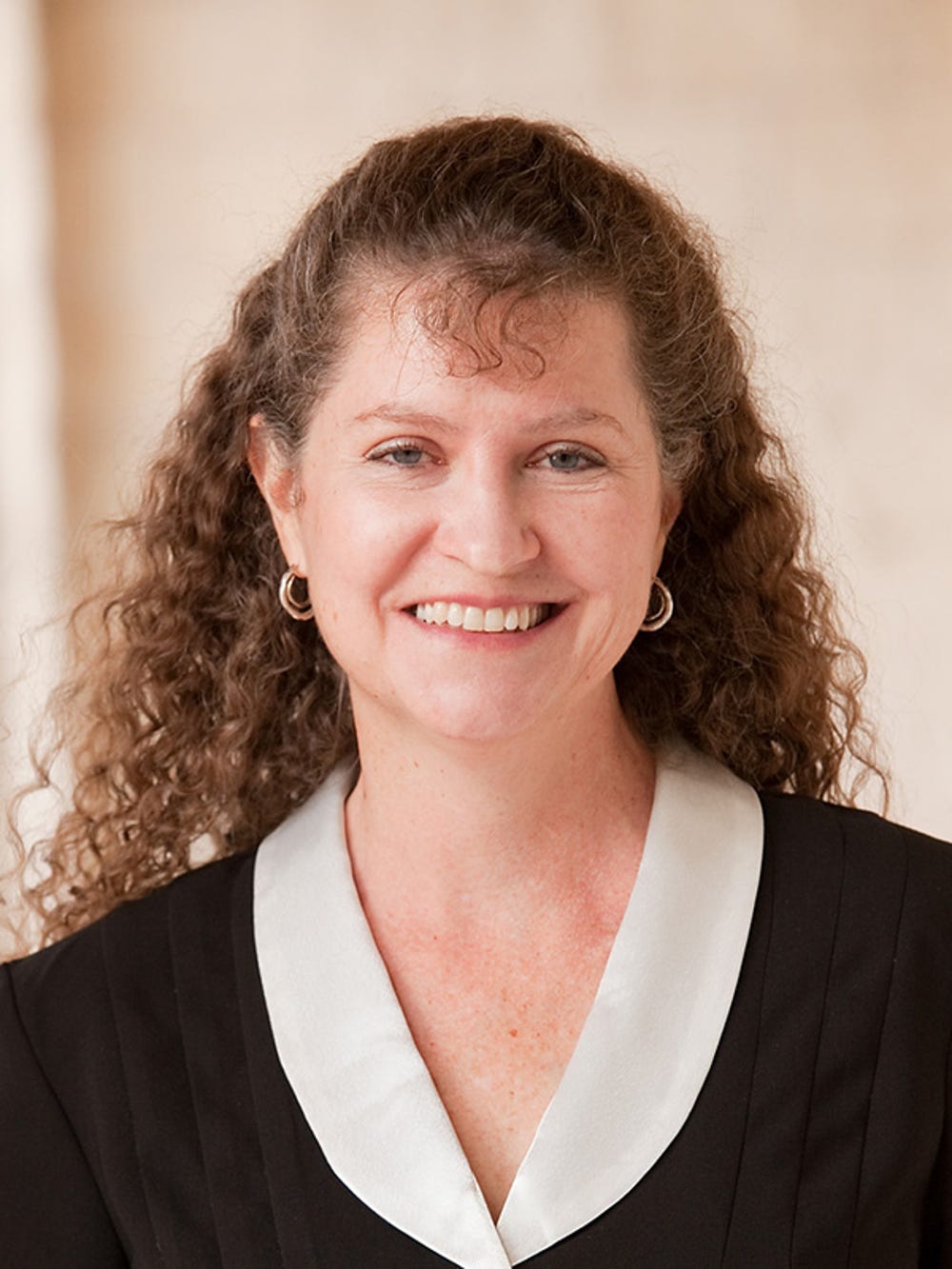
Spot On Sciences simplifies blood sample collection and transfer with an all-in-one device for dried blood spot testing.
North America
UNITED STATES
Fellow
2011
Updated March 2011
Sometimes the simplest ideas are the ones that end up making the difference, like ballpoint pens, light bulbs, and the device that Spot On Sciences has created to simplify blood testing: HemaSpot. By leveraging advancements in dried blood spot testing, commonly known as DBS, HemaSpot eases the cost and burden of traditional venipuncture needle testing.
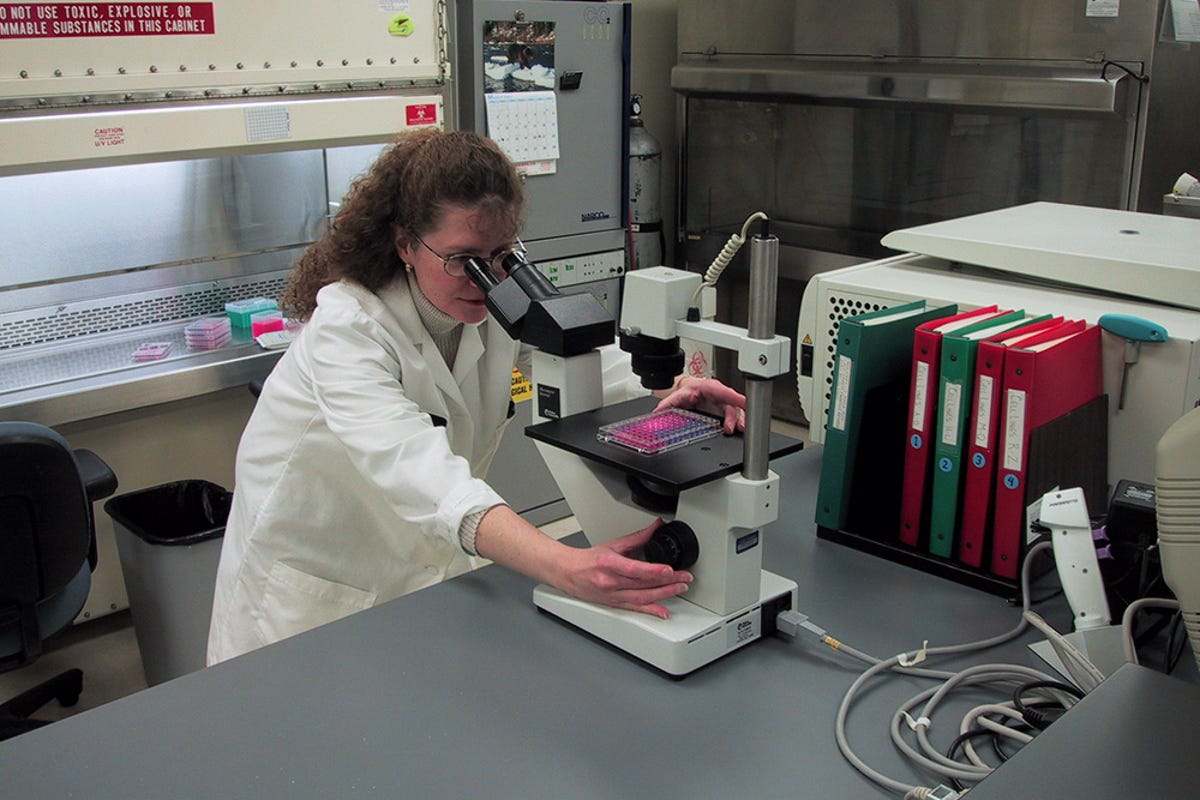
Straightforward, stable and safe
And no, it won’t hurt! Patients simply put a finger on the device, push a button which pricks two drops of blood from the fingertip, and that’s it. ‘Traditional testing draws 5 ml of blood,’ says Jeanette Hill, founder and CEO of the company. ‘HemaSpot takes a tiny sample, only 100 micro-litres, and spreads it onto a filter paper which we have pre-cut into petals that can be easily “plucked” for analysis.’ They also remain stable at room temperature for years. ‘That’s the real advantage of this technology,’ she notes. ‘It’s much easier to store. You can send it to a lab without having to put it in a centrifuge or keep it in a freezer.’
The device is tamper-proof, has no external sharp parts and uses bar-code identification for added security. The whole process of preparing the blood takes five minutes, as opposed to three-quarters of an hour for venipuncture. Even traditional DBS solutions, which involve punching tiny holes in one filter for each test, are labour- and time-intensive. Once HemaSpot has taken the blood, just seal it up and send it to the lab.
Nobody’s saying we’re recreating the wheel, but we have found a way to collect blood samples that is easy enough for everyone to use.
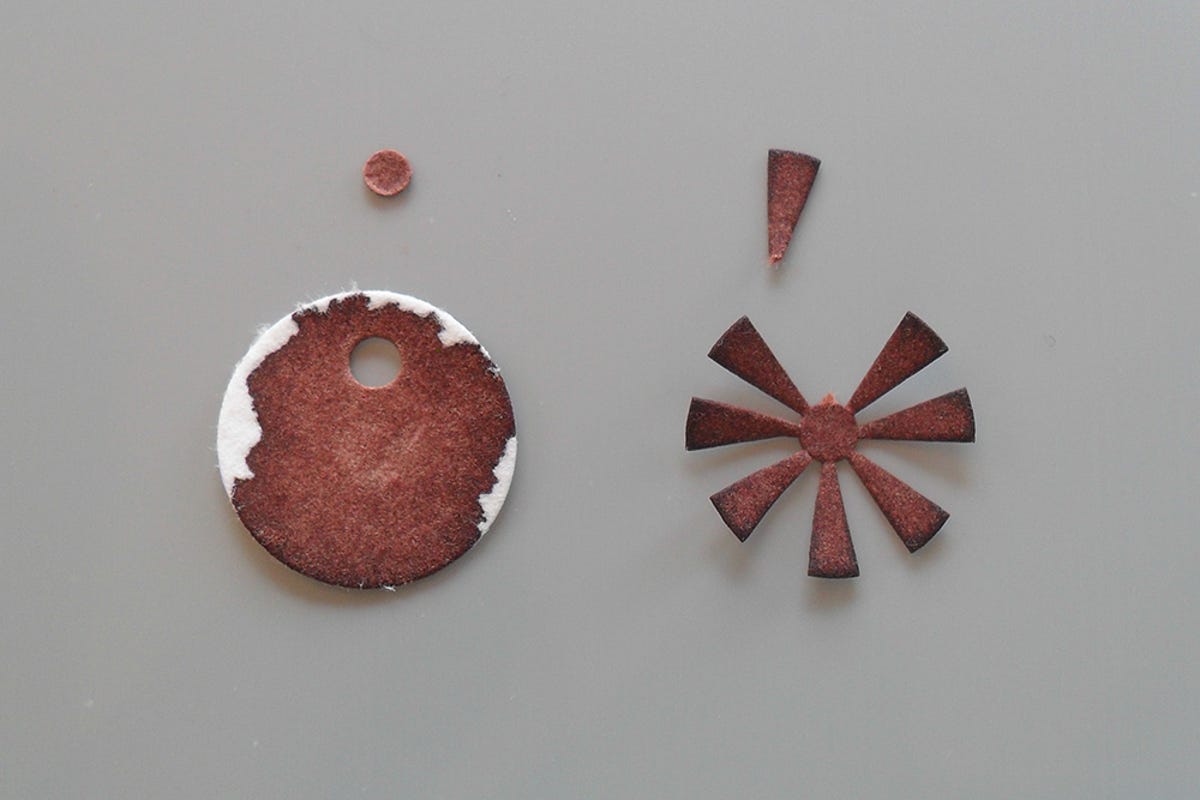
Improved results
DBS has been around for 40 years, notably to test newborns for congenital metabolic diseases, so why does it seem that nobody thought of this kind of device before? ‘It’s a question of timing,’ Jeanette explains. ‘In the past few years there have been improvements in measurements of analytes (a substance that indicates a disease state) using mass-spectrometry—a process that measures the mass of an analyte collected by dried blood sampling. Results have become much more sensitive and several analytes can be measured in a single test. It’s a vast improvement, especially for biological fluids, which are complex. Measuring them can be like looking for needles in a haystack.’
It’s cheaper too, costing a little over half the price of venipuncture solutions—a crucial plus for cash-strapped healthcare systems gearing up for the senior boom in Europe, Japan and the US, with ageing populations also helping to drive growth in what is a multi-billion-dollar market for in-vitro diagnostics. Developing countries too will clearly be able to profit from a cost-effective, simple way of taking blood samples.
Spot On Sciences is initially targeting laboratory research while awaiting FDA and CE approval. Clinical trials will be the next in line, as HemaSpot also opens access to elderly or rural populations often neglected from long-term trials. ‘In the past few years the big pharmaceutical companies have moved into DBS testing for its obvious advantages, but it’s still quite a fastidious process, involving several stages and supervision. Only HemaSpot consolidates it all.’ Putting it at the patient’s fingertips, so to speak!
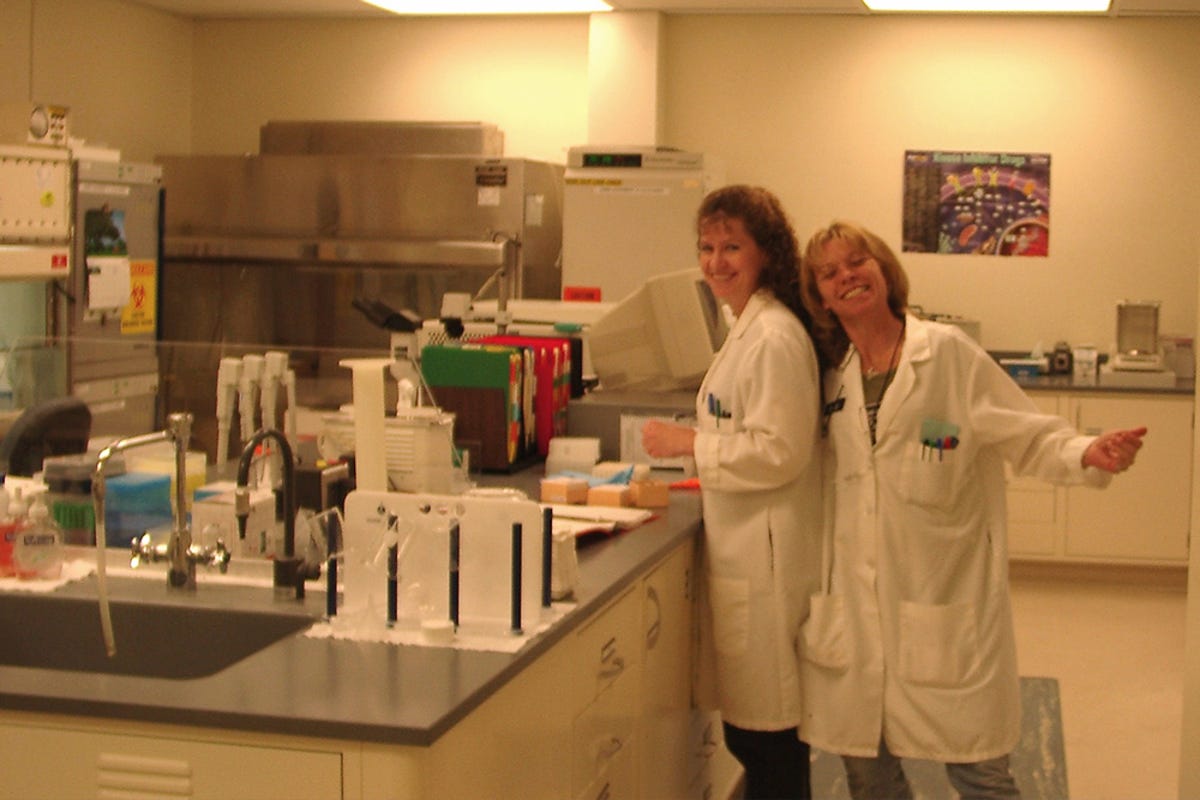
A ‘revolution’ in blood sampling
The company also plans to develop similar devices to collect urine and tissue. Jeanette trained as pharmaceutical biochemist, but it’s close to home that she became inspired for the idea, seeing her elderly mother struggle to get from the countryside to the city for blood tests. ‘Diabetics have been pricking their own fingers for years to measure glucose levels and 100% of those canvassed say they prefer finger-sticks to needles,’ she points out. ‘Nobody’s saying we’re recreating the wheel, but we have found a way to collect blood samples that is easy enough for everyone to use.’
A ‘revolution in blood sampling’, according to one US health official, that has already garnered interest in certain high places: Spot On Sciences has been awarded US$100,000 for Phase 1 funding from the Small Business Innovation Research Program of the Defense Advanced Research Projects Agency, which is part of the US Department of Defense, to develop point-of-care diagnostic technologies. The goal is to bring to the field the sensitivity and specificity that laboratories provide in measuring aspects such as stress hormones and dangerous chemicals.


